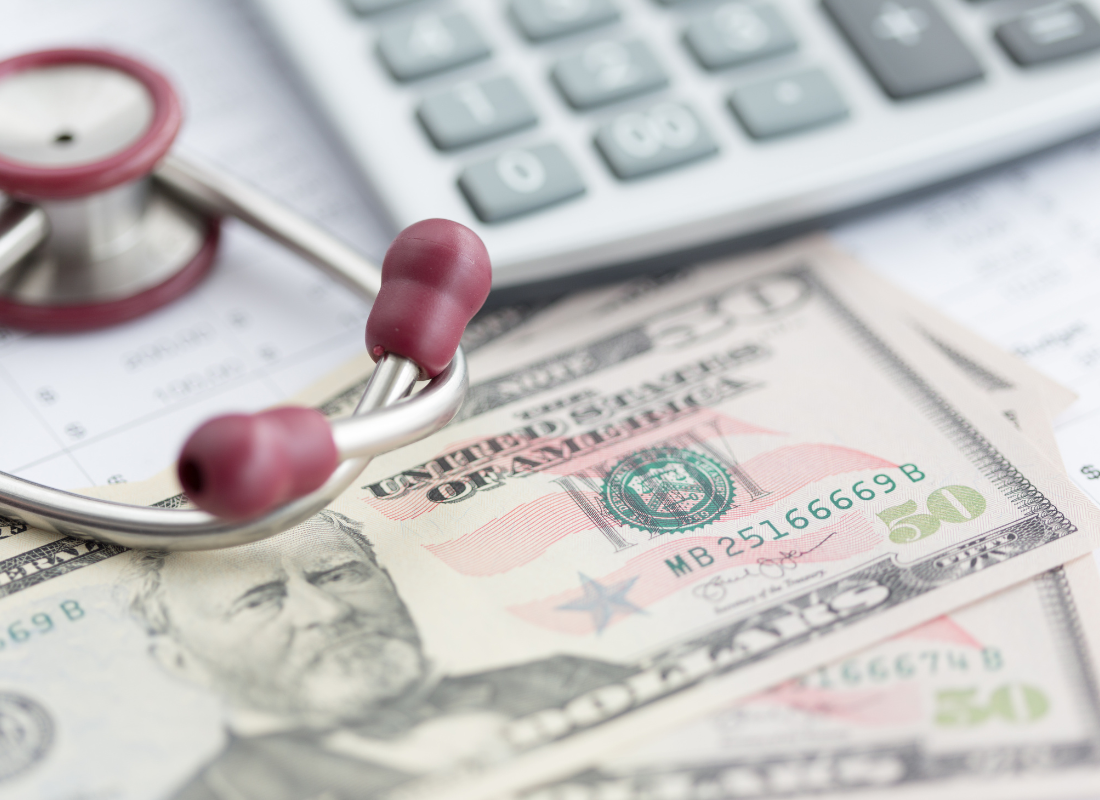Healthcare Providers Begin Seeing Payments from CARES Act
Originally published on April 13, 2020
Updated on December 3rd, 2024
As the rollout of the comprehensive CARES Act stimulus package gets underway, healthcare providers have already begun to see payments associated with the $100 billion allocated to fund hospitals and other health services organizations. $30 billion has been marked for immediate release, and these payments have started appearing as recently as April 10, 2020.
These funds are intended to support healthcare-related expenses or lost revenue attributable to COVID-19. They are not loans and will not need to be repaid, provided recipient organizations recognize the conditions associated with the disbursement of funds. The U.S. Department of Health & Human Services (HHS) has issued guidance on the matter.
Note that within 30 days of receiving the payment, providers must also sign an attestation confirming receipt of the funds and agreeing to the terms and conditions of payment. Prior to signing the attestation, please consult your CPA to determine if you meet the compliance requirements specified below. (This includes any future guidance that may be forthcoming from HHS.)
Who is eligible to receive immediate payments?
The initial disbursement of $30 billion in rapid relief is reserved for healthcare providers facing immediate and significant stress from COVID-19. This quick dispersal of funds will provide relief to providers in areas heavily impacted by the pandemic. It will also help those struggling to keep their doors open due to healthy patients delaying care or canceling elective services.
Facilities and providers that received Medicare fee-for-service (FFS) reimbursements in 2019 are eligible for this initial rapid distribution. Healthcare facilities that have ceased operation as a result of the pandemic are also eligible for funds so long as they provided diagnoses, testing or care for individuals with possible or actual cases of COVID-19. It should be noted that HHS broadly views every patient as a possible case of COVID-19.
Determining Payment Amounts
The amount of funds apportioned to eligible healthcare providers is based on their share of total Medicare FFS reimbursements in 2019. Providers can estimate their payment by dividing their 2019 Medicare FFS (not including Medicare Advantage) by $484 billion, then multiplying that ratio by $30 billion. For most healthcare providers, this will equate to roughly 6.2% of 2019 collections. Providers can obtain their 2019 Medicare FFS billings from their organization’s revenue management system.
Conditions for Accepting CARES Act Payments
According to guidance from HHS, there are three primary stipulations healthcare providers must consider as they accept CARES Act payments. In receiving these funds, providers must:
- Agree not to seek collection of out-of-pocket payments from a COVID-19 patient that are greater than what the patient would have otherwise been required to pay if an in-network provider had provided care;
- Certify that the payment will only be used to prevent, prepare for and respond to coronavirus, and shall reimburse the recipient only for healthcare-related expenses that are attributable to coronavirus; and,
- Certify that they will not use the payment to reimburse expenses or losses that have been reimbursed from other sources or that other sources are obligated to reimburse.
Essentially, these conditions stipulate the use of CARES Act payments only for relief from COVID-19-related expenditures and only if providers agree to maintain in-network costs for out-of-network patients seeking care for the virus.
Reporting of Payments
Healthcare providers receiving more than $150,000 are required to report on payments no later than ten days after the end of each calendar quarter. This includes any payments received from the Coronavirus Aid, Relief, and Economics Security Act (P.L. 116-136), the Coronavirus Preparedness and Response Supplemental Appropriations Act (P.L. 116-123), and the Families First Coronavirus Response Act (P.L. 116-127).
Reports should be sent to the Secretary and the Pandemic Response Accountability Committee and include the following:
- The total amount of funds received from HHS under one of the foregoing enumerated Acts
- The amount of funds received that were expended or obligated for each project or activity
- A detailed list of all projects or activities for which large covered funds were expended or obligated, including the name and description of the project or activity, and the estimated number of jobs created or retained by the project or activity, where applicable
- Detailed information on any level of sub-contracts or subgrants awarded by the covered recipient or its subcontractors or subgrantees, to include the data elements required to comply with the Federal Funding Accountability and Transparency Act of 2006 allowing aggregate reporting on awards below $50,000 or to individuals, as prescribed by the Director of the Office of Management and Budget
Disbursal and Receipt of Payment
HHS has partnered with UnitedHealth Group (UHG) to provide rapid payment to providers eligible for the distribution of the initial $30 billion in funds. Providers will be paid via Automated Clearing House (ACH) account information on file with UHG or the Centers for Medicare & Medicaid Services (CMS). Payments will deposit via Optum Bank with HHSPAYMENT as the description. Providers who normally receive paper checks can expect their payment via mail in the next 10-14 business days.
Payments to practices that are part of larger medical groups will be sent to the group’s central billing office. All relief payments are made to the billing organization according to its Taxpayer Identification Number (TIN).
Many healthcare providers have already begun receiving their payments, signaling a healthy and expedient rollout of CARES Act support. For those providers who have already received payment, we remind you to sign your attestation confirming receipt.
As stipulations from the CARES Act go into effect, questions about different aspects of the legislation are sure to develop. James Moore continues to compile information and resources, as well as government guidance and clarification. For more information, please contact us today.
All content provided in this article is for informational purposes only. Matters discussed in this article are subject to change. For up-to-date information on this subject please contact a James Moore professional. James Moore will not be held responsible for any claim, loss, damage or inconvenience caused as a result of any information within these pages or any information accessed through this site.
Other Posts You Might Like

